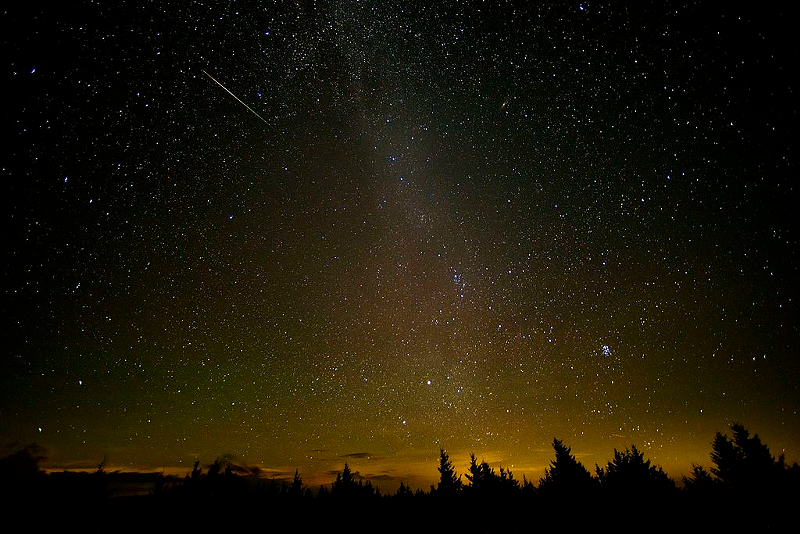If you missed the Perseid meteor shower peak last night, which happened between late Tuesday evening into early Wednesday morning, don't fret. There are still a few opportunities throughout the week for you to catch a glimpse.
According to NASA, the Perseid is well known as one of the best meteor showers, as it produces high volumes of meteors in comfortable weather conditions for those who want to watch.
"With Comet NEOWISE making its way out of the solar system, it is time for a celestial show caused by a different comet. Perseid meteors, caused by debris left behind by the Comet Swift-Tuttle, began streaking across the skies in late July and will peak in the pre-dawn hours of Aug. 12," NASA.com says.
We spoke with astronomer Dean Regas of the Cincinnati Observatory, who explained that while last night was the peak, "people can still catch stray meteors all week."
Regas provided a few tips to aid in your quest, the most important, and slightly discouraging, being to lower your expectations. "Don't expect to see a laser light show out there, but consider yourself lucky to see 10 to 15 meteors per hour," Regas says.
Additionally, head away from the bright lights of the city. "The darker your sky, the more faint meteors you could see," he says.
Finally, stargaze with your naked eye and leave your binoculars or telescopes at home — to Regas, the human eye is the best tool for seeing shooting stars.
The most successful time of night to see the meteors is between 11 p.m. and 1 a.m. and Regas says to face northeast and watch about halfway into the sky.
"And then don't forget to look for Jupiter and Saturn in the SE after dark," notes Regas.
For more information about the Perseid meteor shower, read this NASA article.






